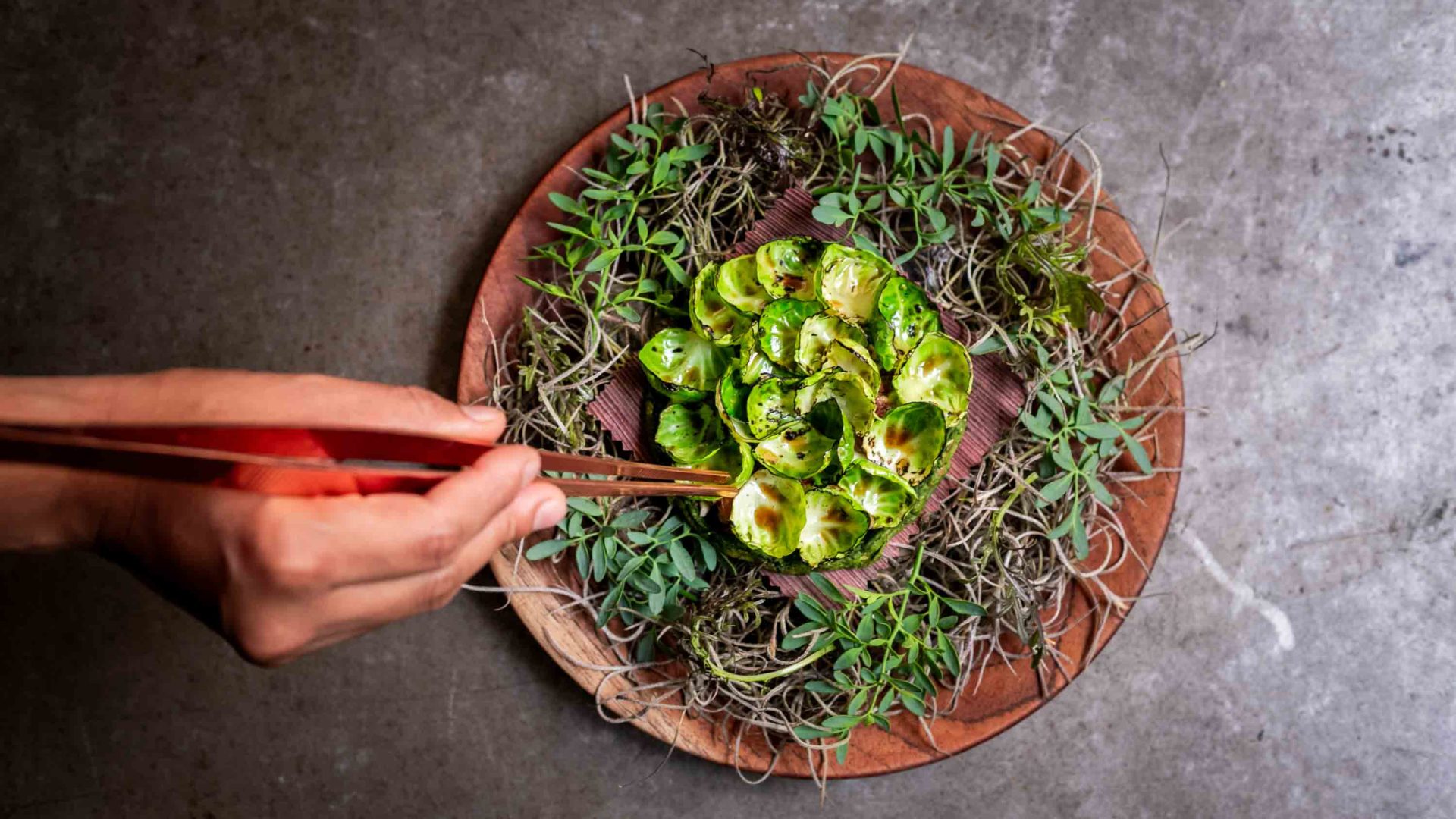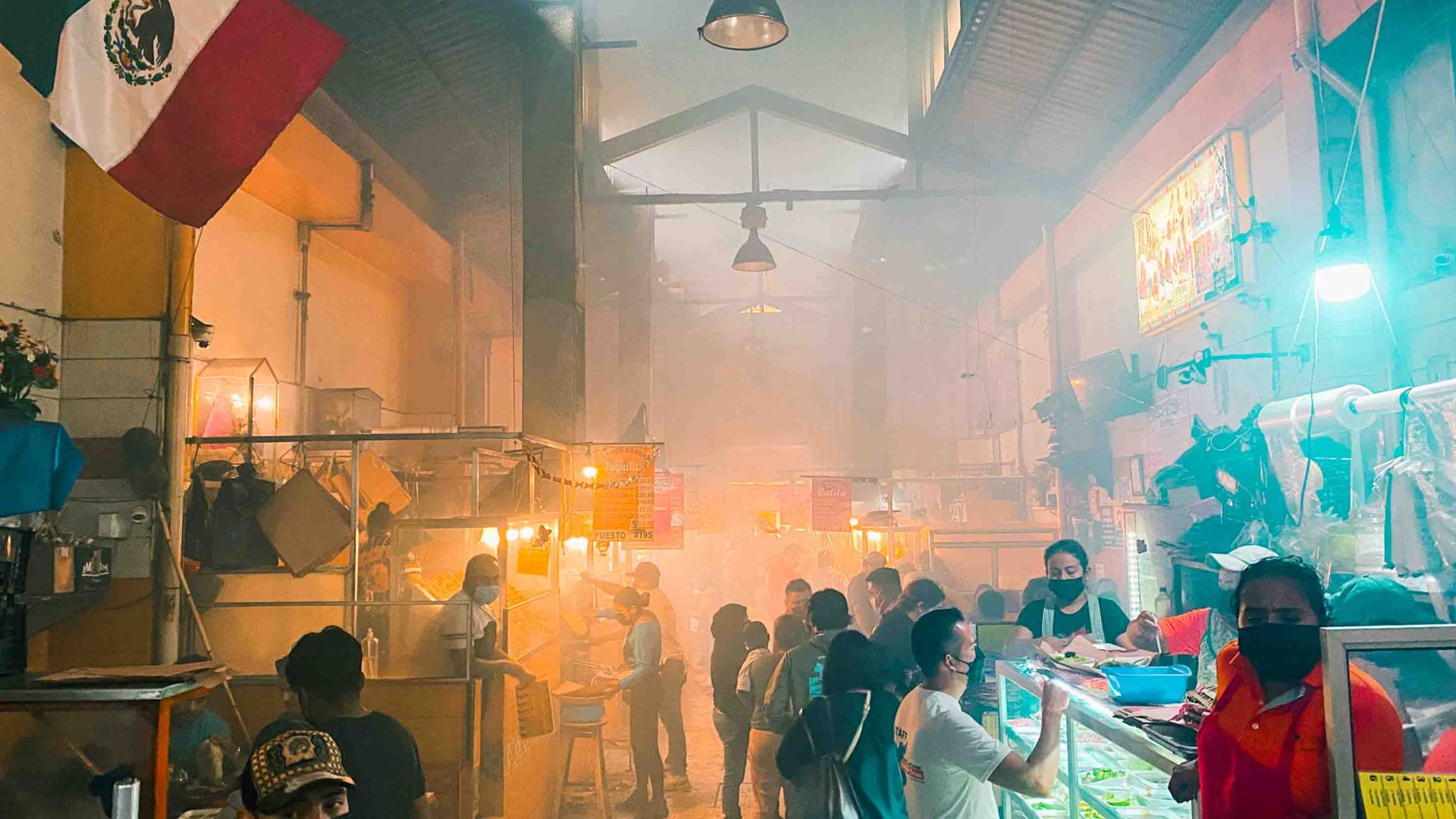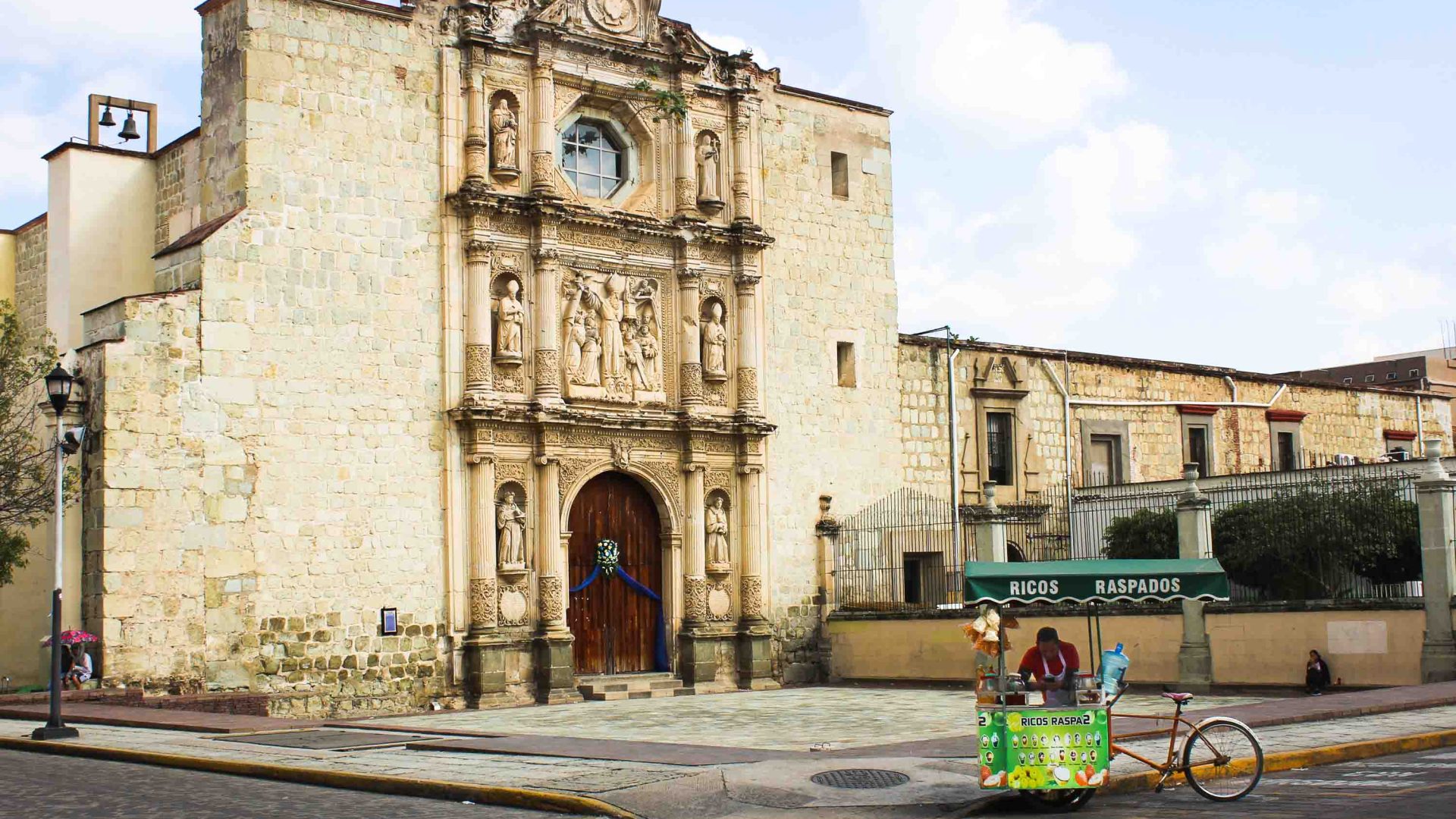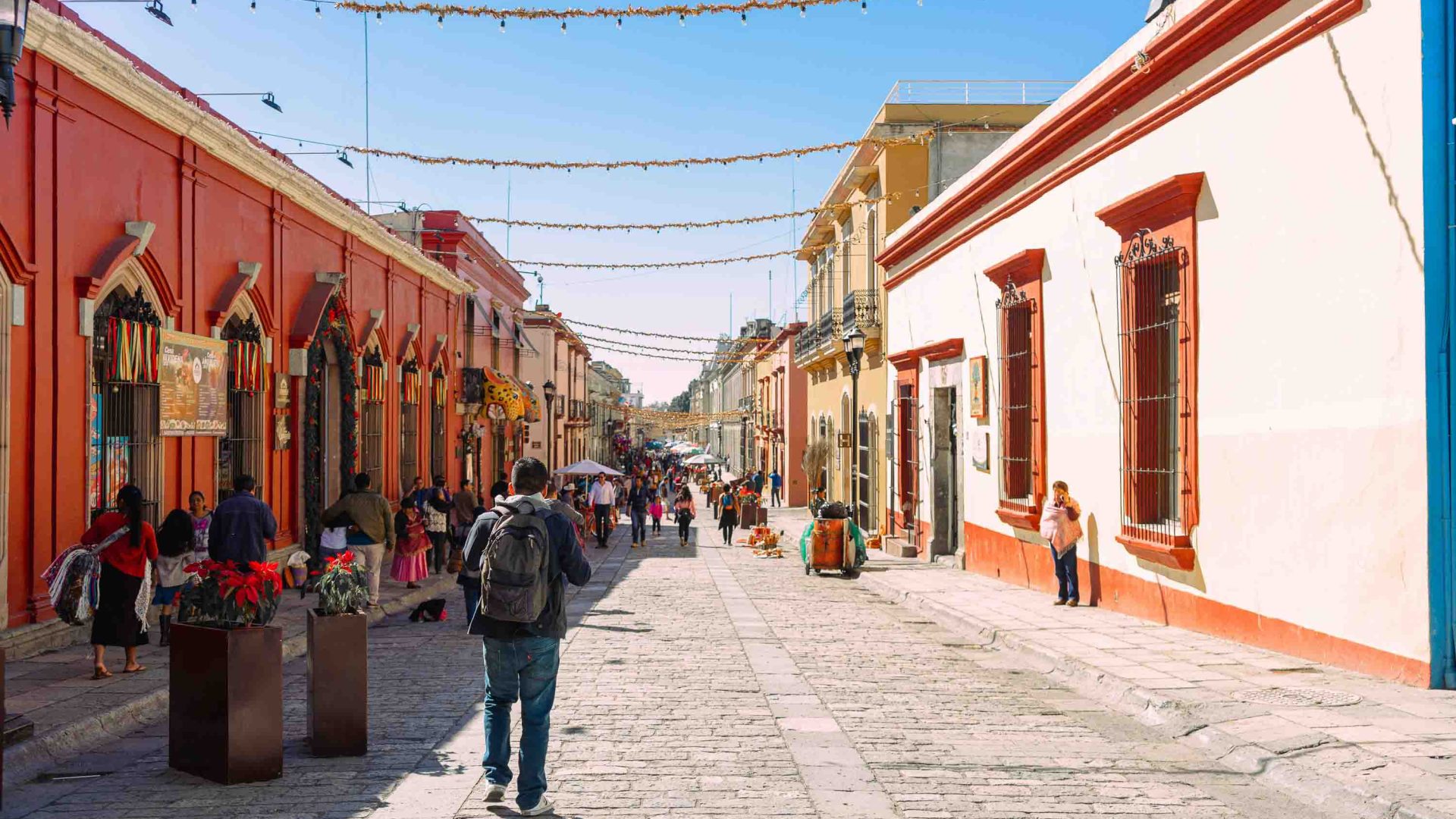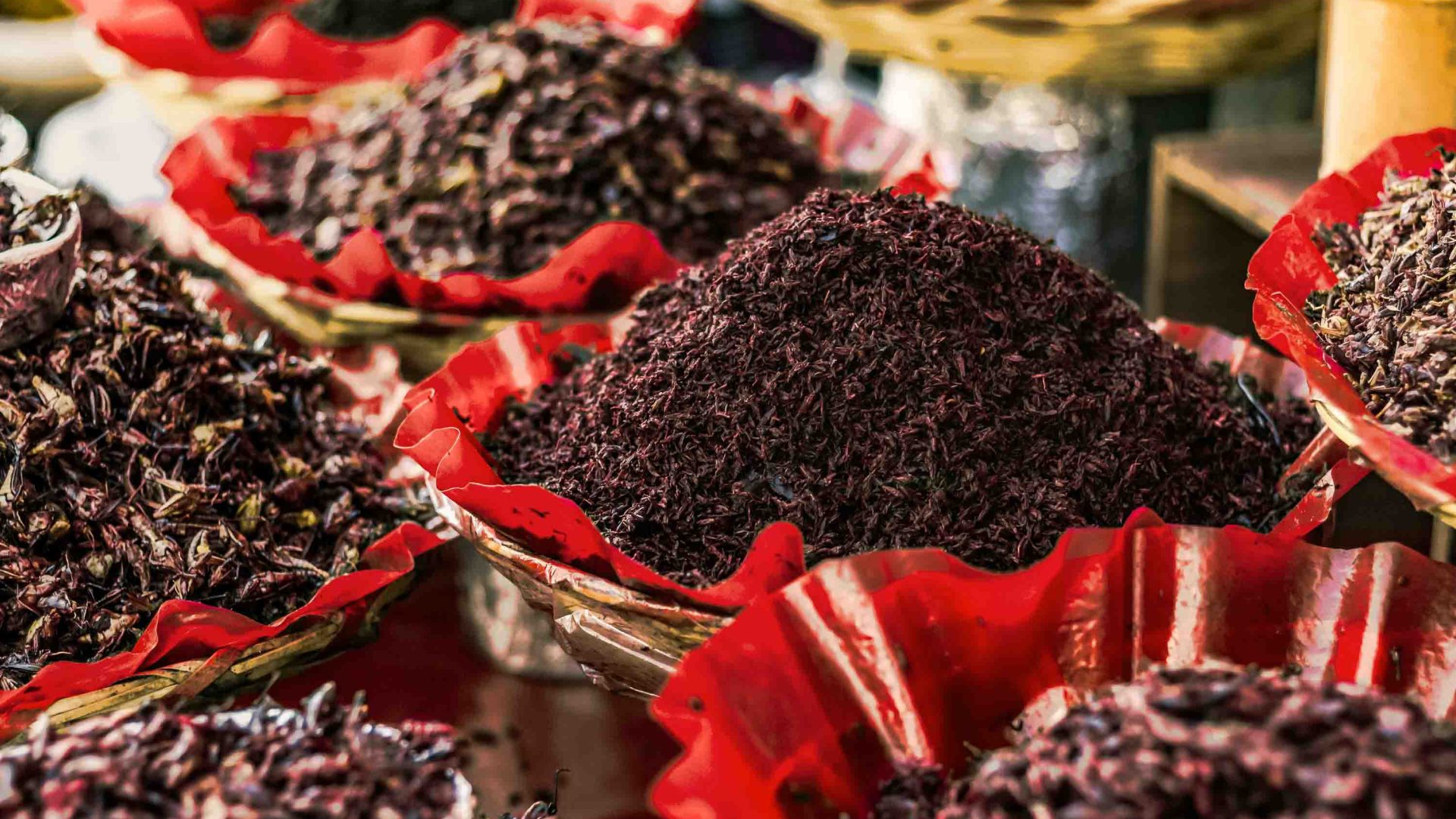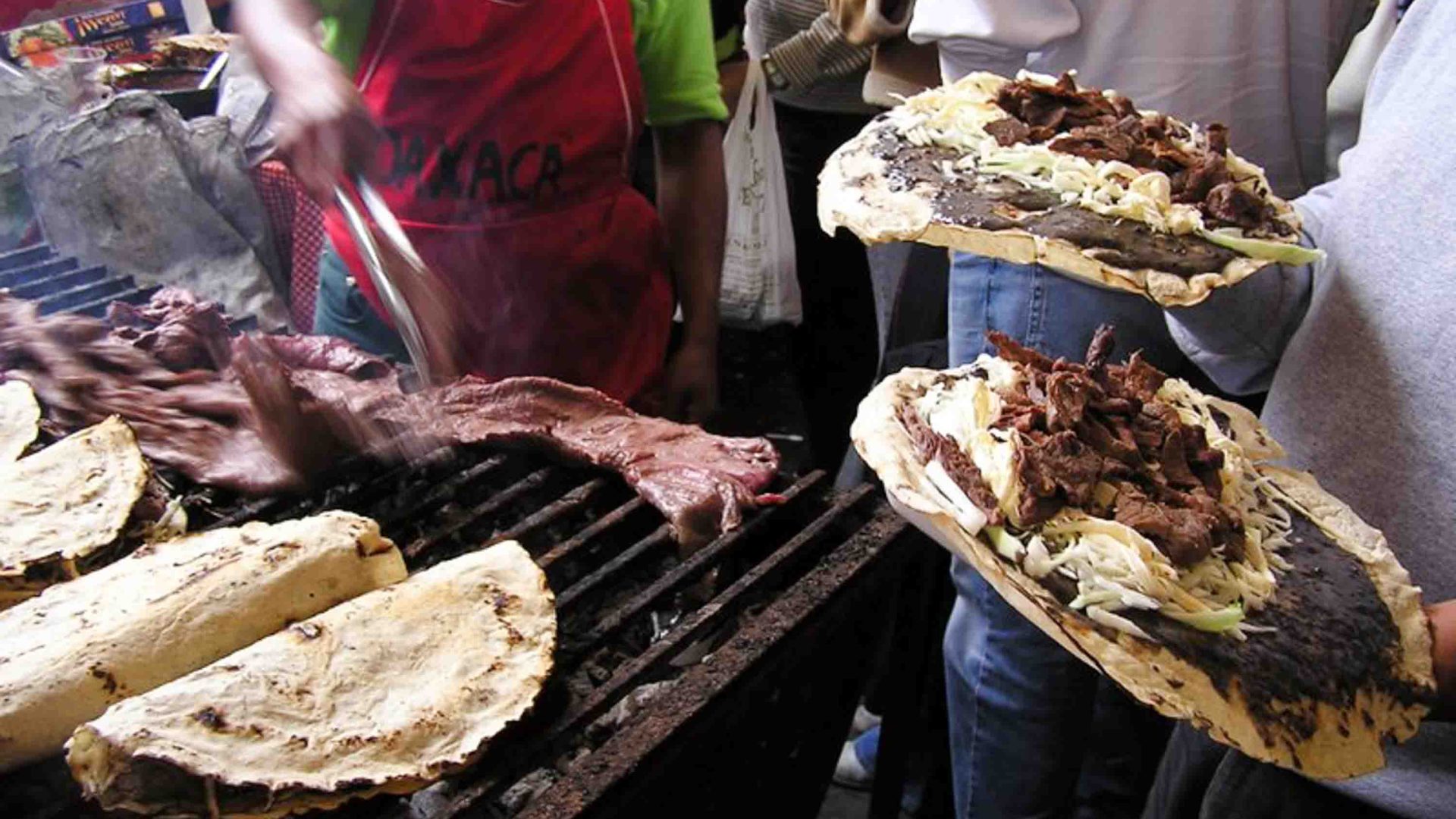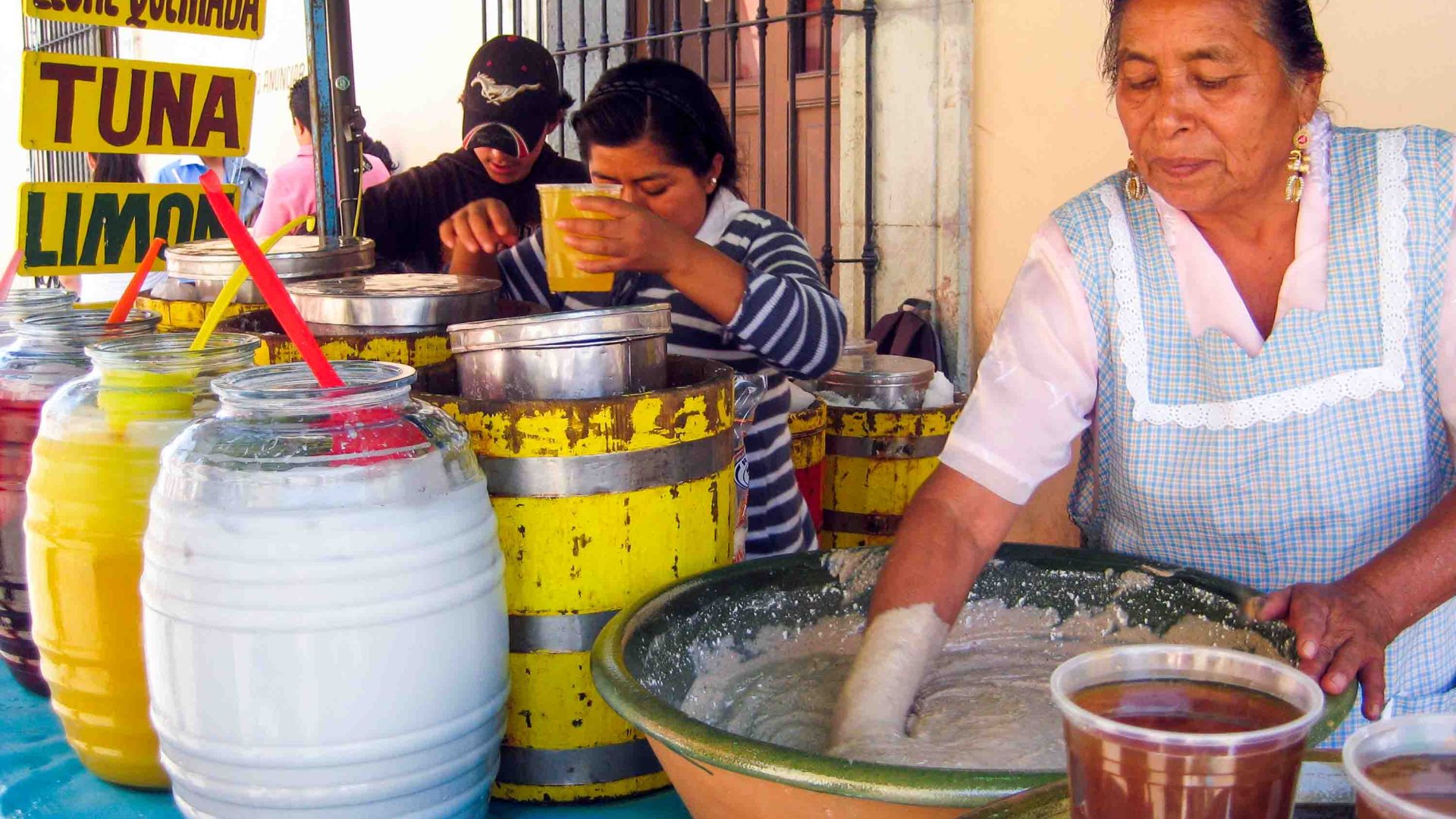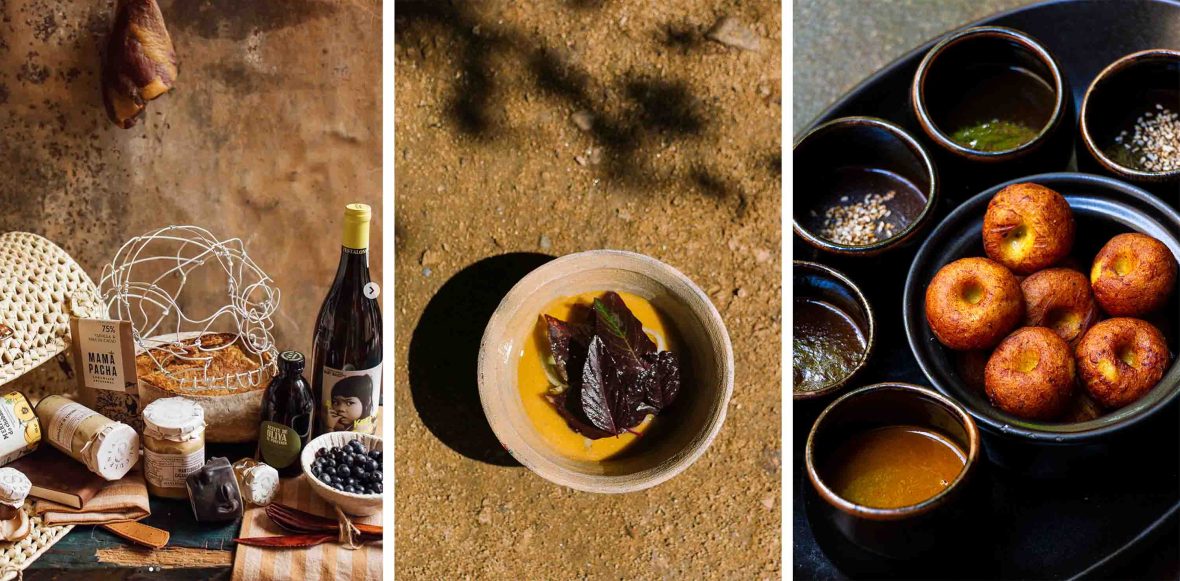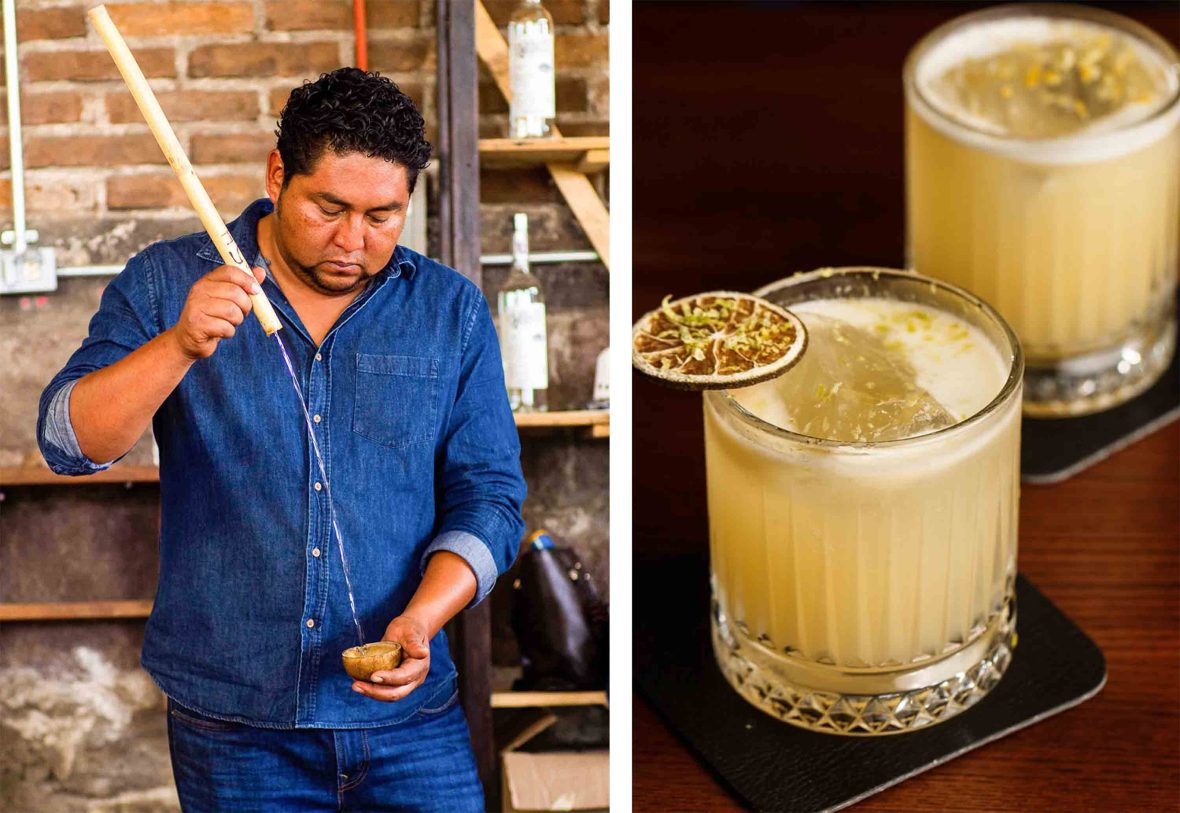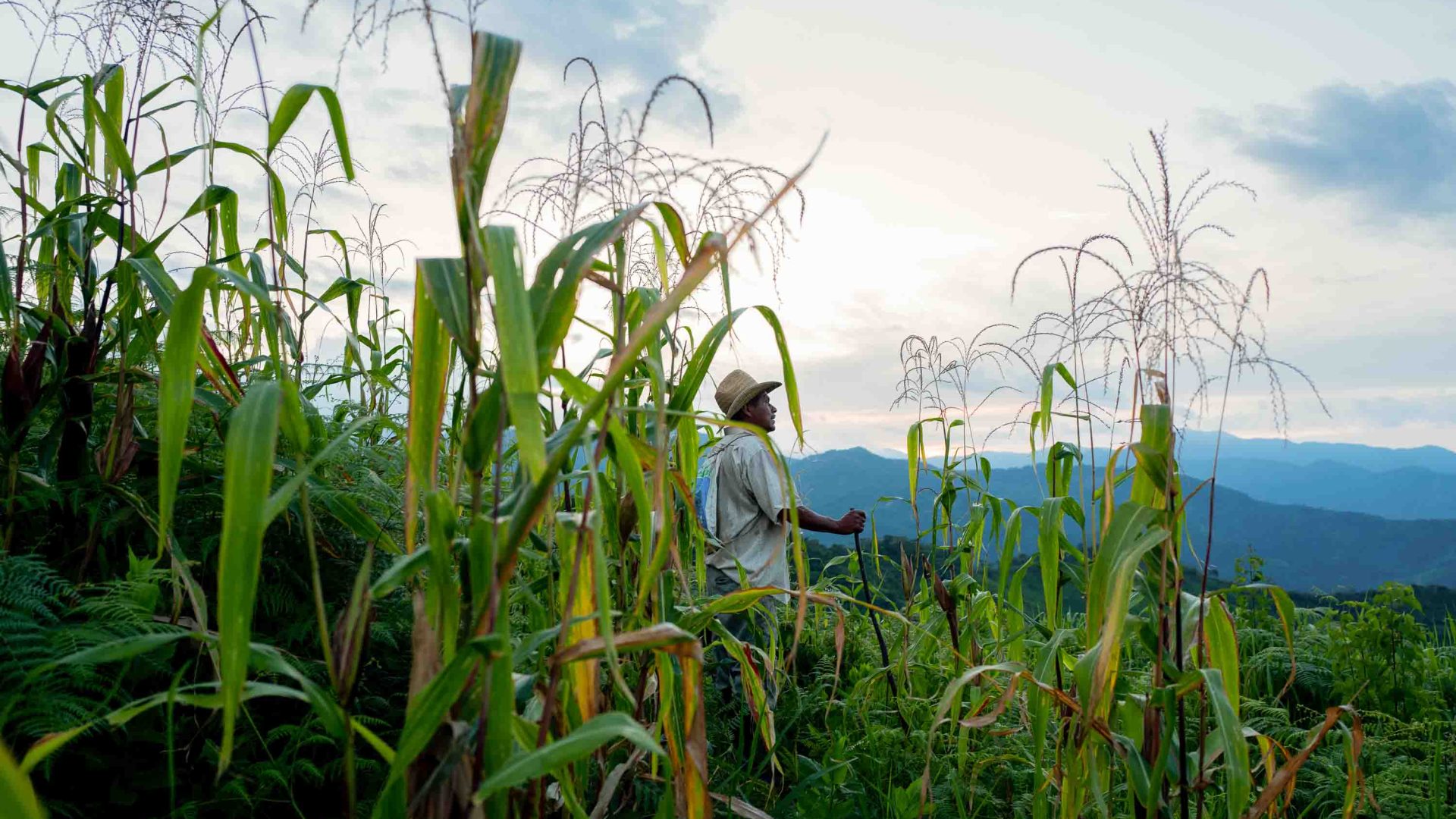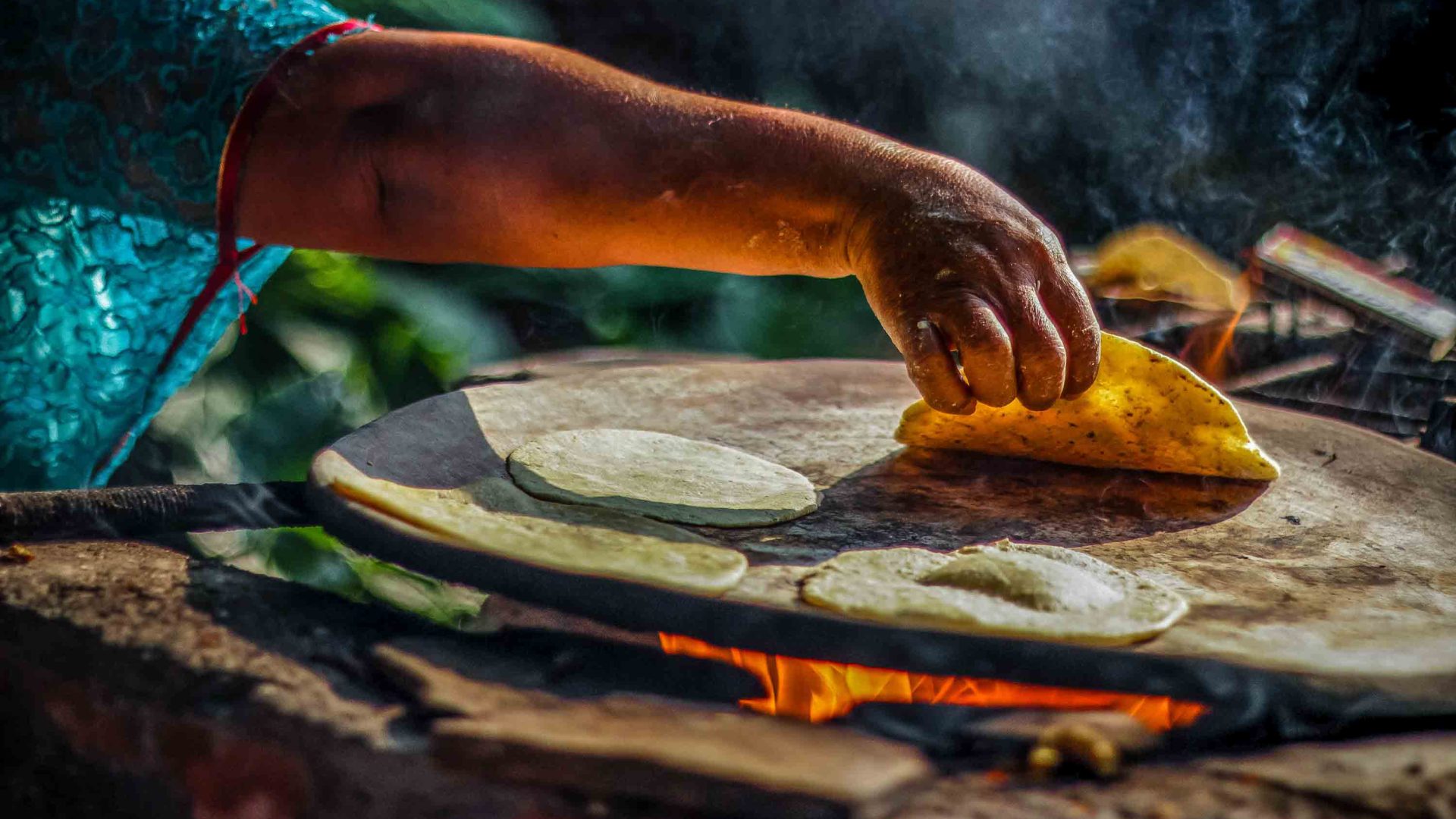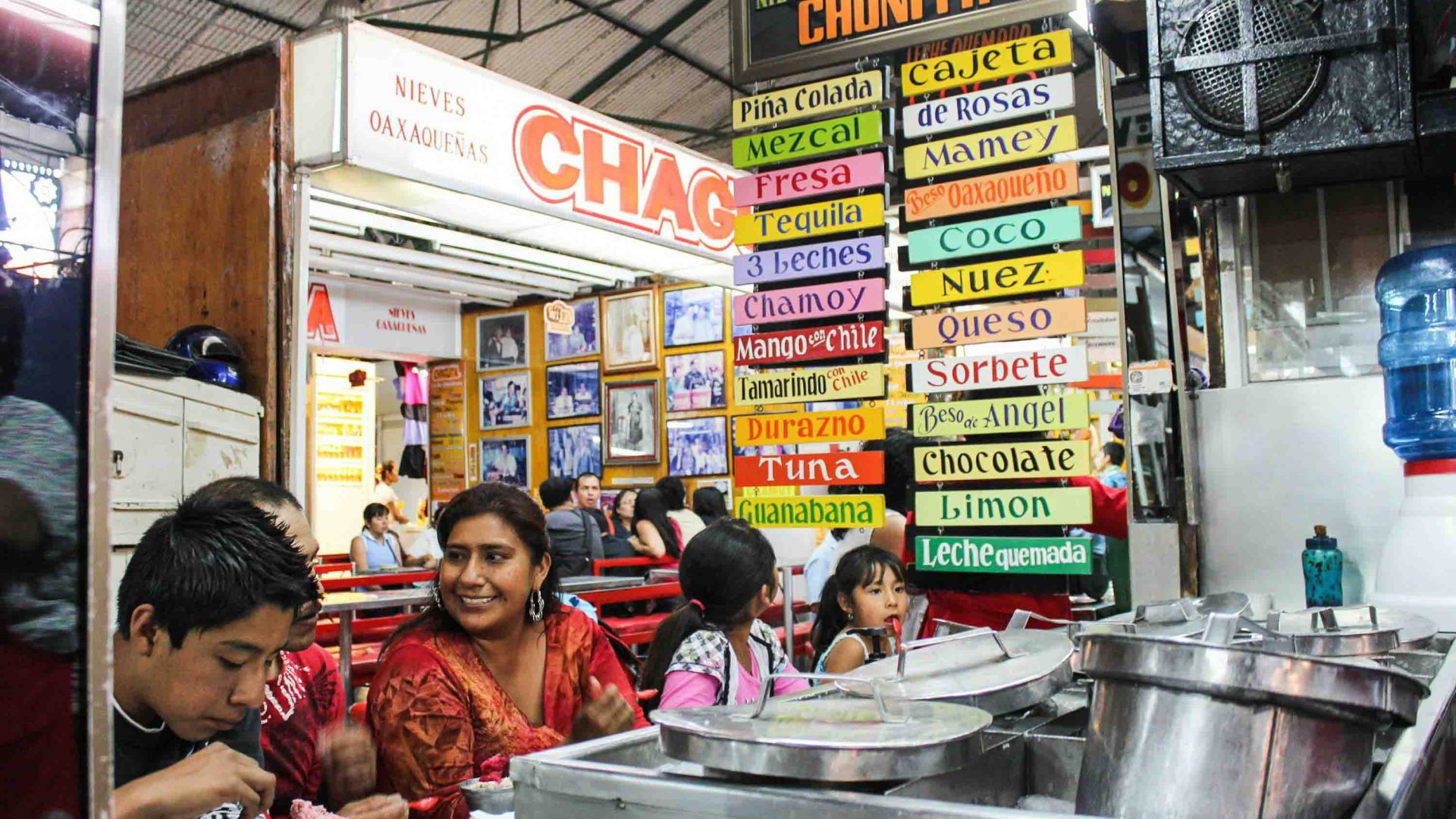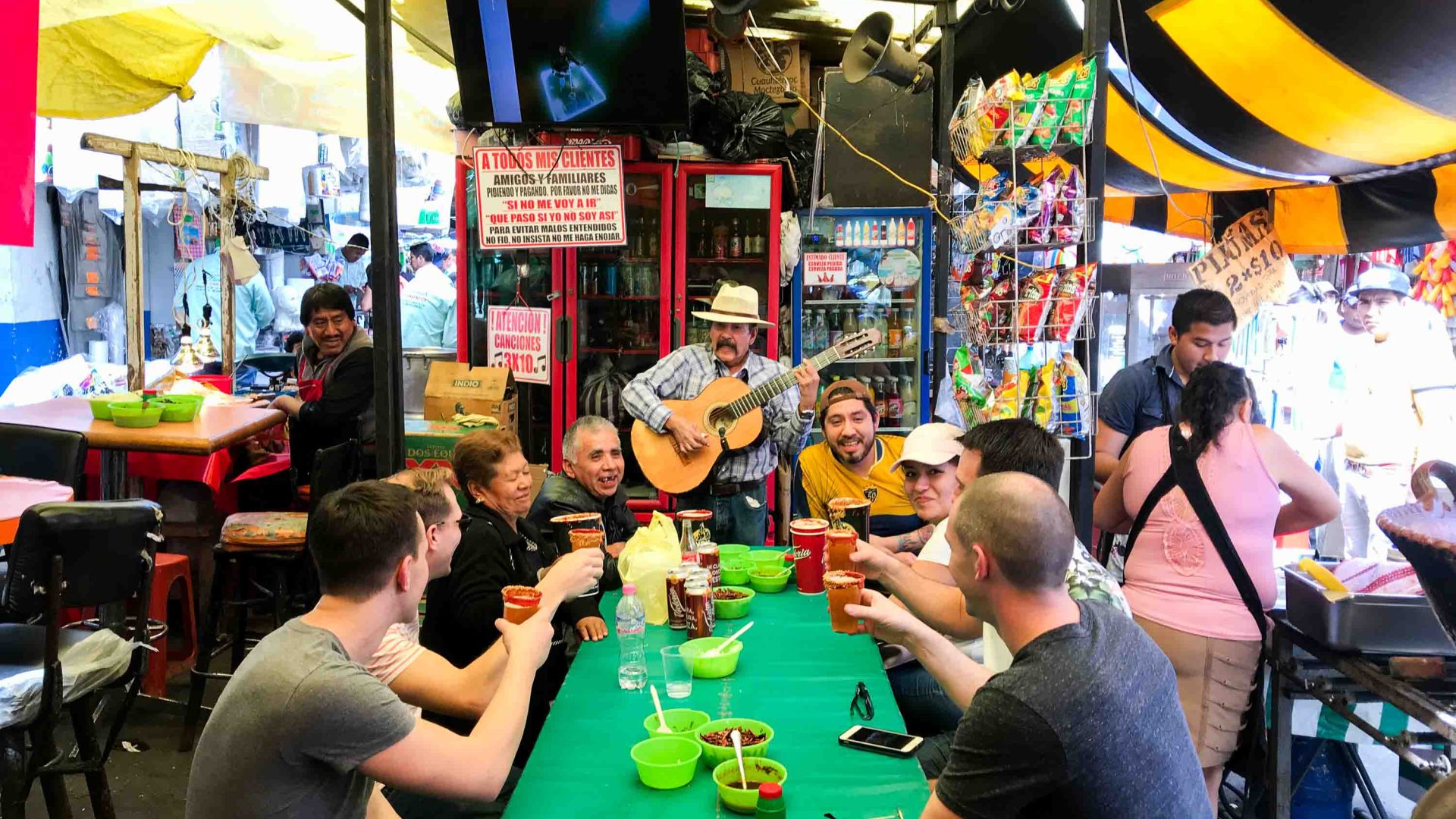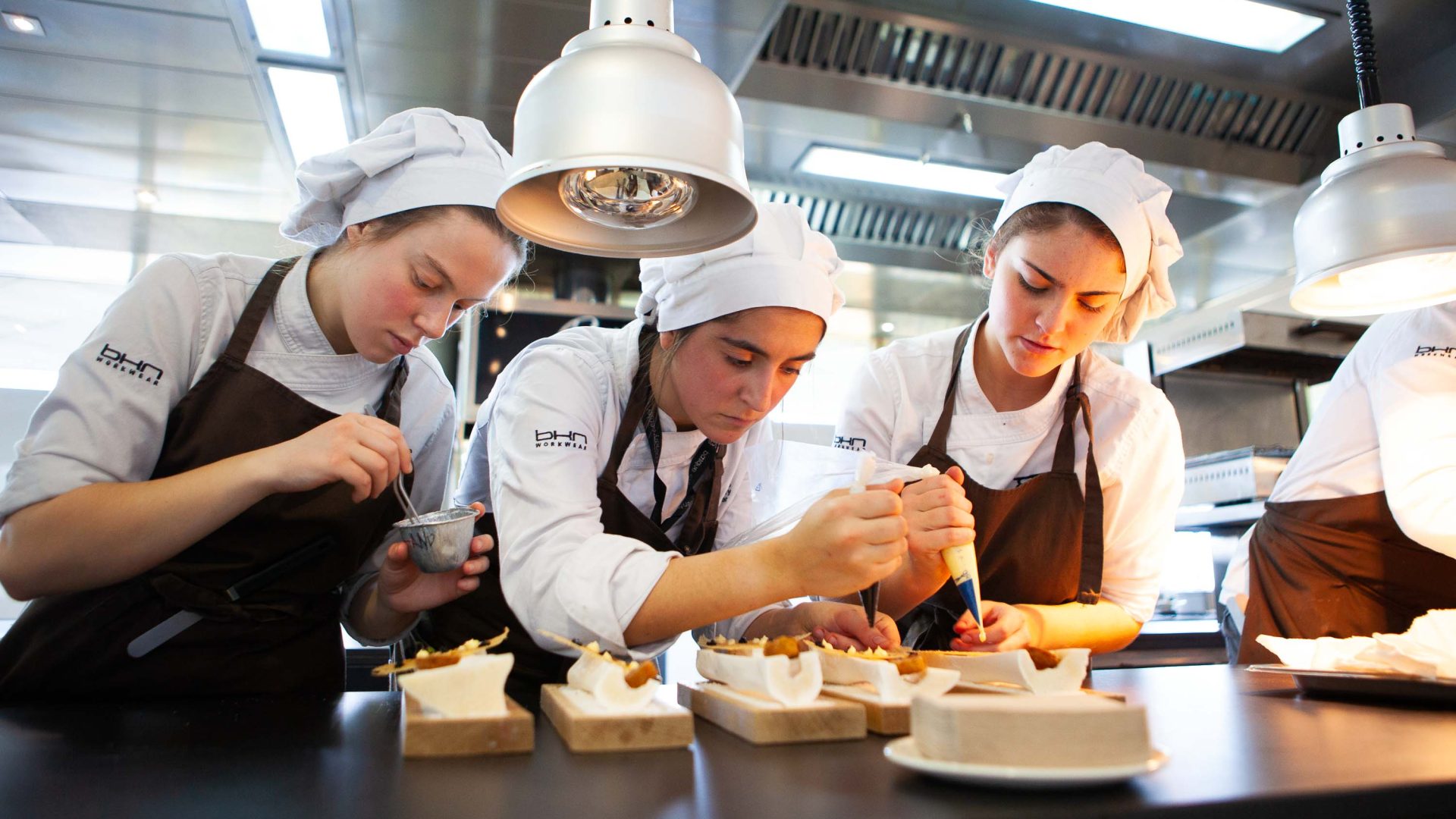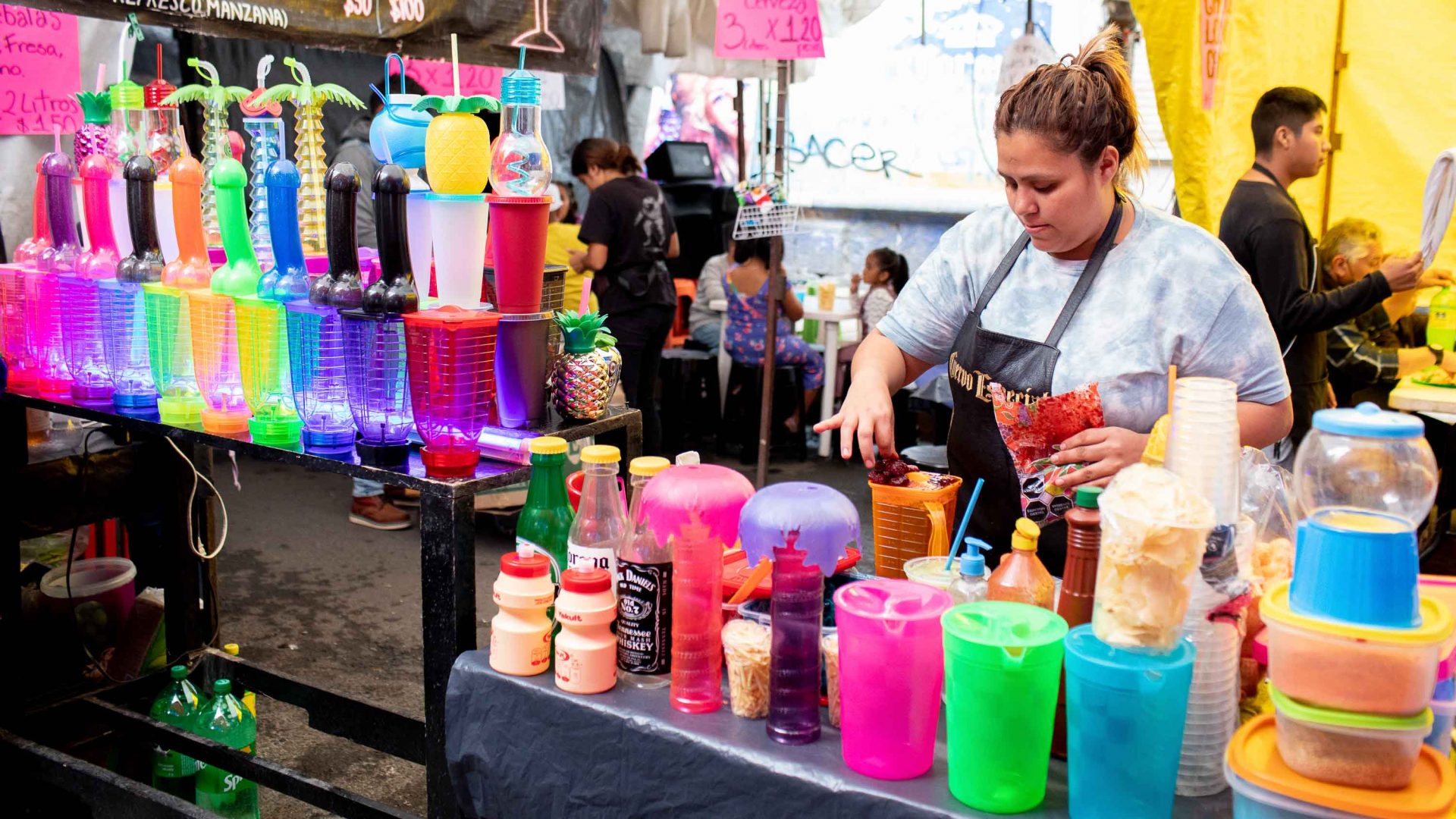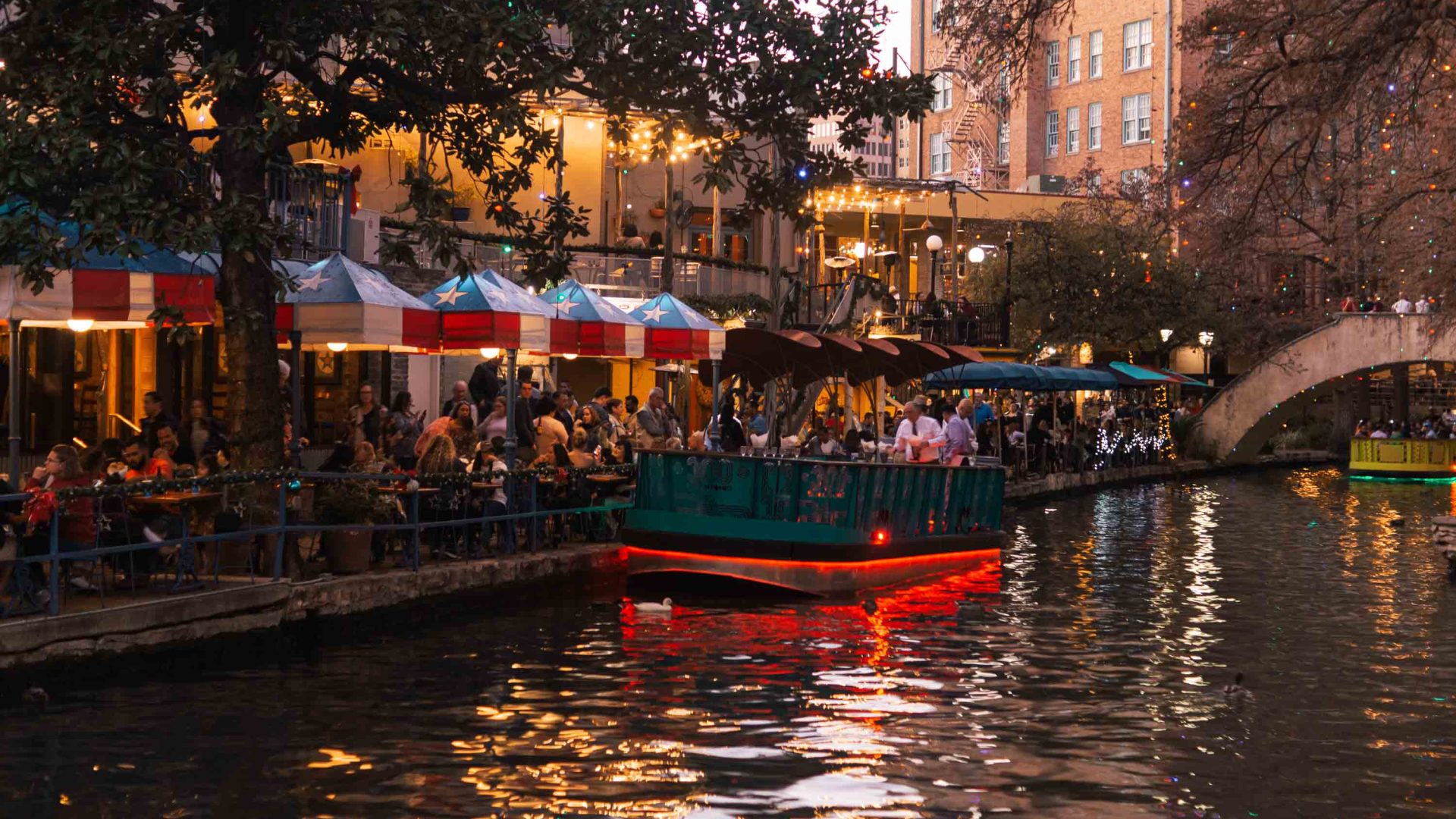In 2002, local artist Francisco Toledo declared his plan to strip off all of his clothes in Oaxaca’s central plaza. His exhibitionist scheme revolved around an ongoing protest he was fomenting in the zocalo, the main square. Why?
McDonald’s had been attempting to install their golden arches in the 500-year-old square, an ardent affront to the proud city of Oaxaca de Juárez (or just ‘Oaxaca’ in the state of the same name) in southern Mexico. All those who rallied alongside Toledo were offered free steamed masa dough, and soon the square was run with cries of “Tamales, yes! Hamburgers, no!”. The megacorporation was almost instantly ousted.
The famous incident seems bizarre, even comical, outside of the state, even outside of its capital. But inside, it’s clear it sums up the stubborn city. Walking through the central district, you won’t see foreign brands bar one Domino’s. And nobody I spoke to even knew how it snuck under the radar—the only explanation I got was, “The people just really like pizza”.
You’ll barely even see Mexican brands that aren’t Oaxacan. Oaxacans are protective of their city and the unique culture they’ve inherited. With 16 native languages spoken across the state and the largest proportion of Zapotec (Indigenous people living in and around Oaxaca) speakers in Mexico, the city’s legacy is detached from the Aztecs to the north and the Maya to the south. Some of the state’s Indigenous groups are even dubbed Los Jamas Conquistados, meaning ‘those never conquered’, in other words, not colonized or culturally influenced by the Spanish.
Oaxacans speak in a different way. They celebrate in a different way. Perhaps most clear to the traveler’s eye, though, is that they cook a different way.
